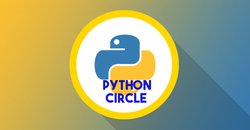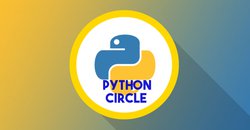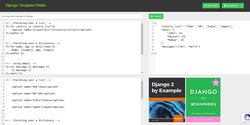
The generic syntax of IF ELSE condition is as below:
if condition:
do this
else:
do thatPython syntax is almost the same as the pseudo-code written above.
if 2 > 1:
print('condition is true')
else:
print('condition is false')
IF ELSE syntax for the Django template is slightly different. If is the builtin tag in Django templates. The basic syntax is:
{% if is_user_logged_in %}
<div>Hello {{username}}</div>
{% else %}
<div>Hello</div>
{% endif %}IF tag evaluates the variable and variable is considered True if it exists and is not empty (if that variable is any iterable) and is not a False boolean value. Which means we can use a boolean variable, a list or a set with IF tag.
For example:
mylist = []
if mylist:
print("true")
else:
print("false") will print false.
We can use multiple elif with IF tag.
{% if user_type == "admin" %}
<div>Welcome {{user}}</div>
{% elif user_type == "developer" %}
<div>Hello {{user}}</div>
{% elif user_type == "QA" %}
<div>Hi {{user}}</div>
{% else %}
<div>Greetings {{user}}</div>
{% endif %}Any combination of and, or and not can be used. and is given a higher priority than or.
{% if condition_1 and condition_2 or condition_3 %}in operator can be used as below.
{% if user in vip_user_list %}Filters can also be used in IF condition.
{% if message|length > 100 %}
<a href="">View More</a>
{% else %}
{{ message }}
{% endif %}
1 comment on 'Using If Else Condition In Django Template'
It Is Not My Name
Feb. 4, 2020, 10:33 a.m.
how to use {% if "text" =="text" %} condiciton in django
Related Articles:

Declaring a new variable in Django template, Set the value of a variable in Django template, using custom template tag in Django, Defining variables in Django template tag...

flash messages in Django template, one-time notifications in Django template, messages framework Django, displaying success message in Django, error message display in Django...

rarely used Django template tags, lesser-known Django template tags, 5 awesome Django template tags, Fun with Django template tags,...

Django template fiddle, Experimenting with Django templates, Playing with Django template, Django fiddle, template fiddle, djangotemplatefiddle.com,...
Recent Posts: